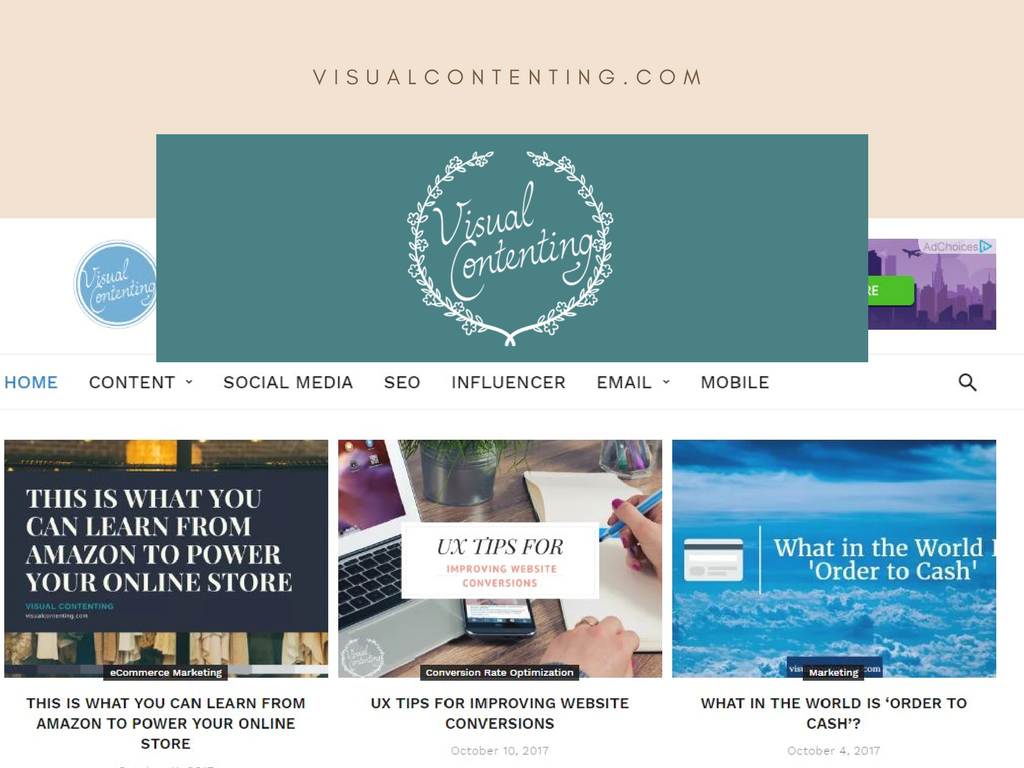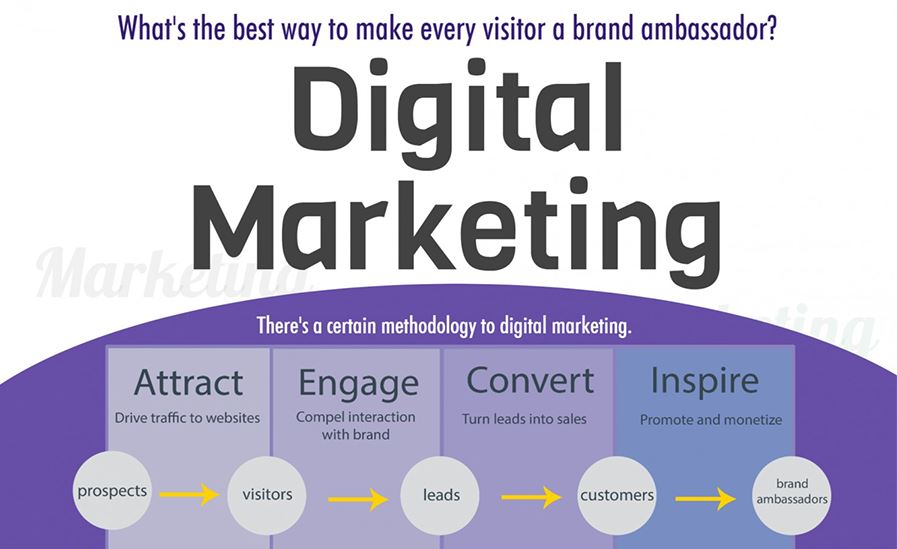Identifying and anticipating the wants and needs of modern employees is challenging. Every organization wants to support its workers, but various obstacles can get in the way.
For example, the COVID-19 pandemic changed how people live and work — millions of Americans began working, attending school and going to doctor appointments online. These trends created a "new normal," which reflects the state of the global workforce and what employees require to be satisfied and feel supported.
How can businesses invest in their employees? One way is to create an internal marketing strategy. Companies should provide or identify potential opportunities to market themselves and their strengths to current workers.
Here’s a deeper look at what it means to market to employees, the benefits of internal marketing and specific examples of how businesses can use this to their advantage.
What It Means to Market to Current Employees
All business owners know the importance of inbound and outbound marketing. The value of internal marketing is discussed less often and is ambiguous, but it can make a huge difference in how workers perceive their employers.
Internal marketing involves companies selling their missions, objectives, products or services directly to the employees within the organization. Incorporating these efforts into general marketing strategies is highly effective for many companies.
Business Benefits of Internal Marketing
A comprehensive internal marketing strategy can be a major boon to an organization. It boosts employees' emotional connections to a brand and motivates them to perform well and stay at the company long term, reducing turnovers and fostering relationships.
What other business benefits of internal marketing can employers reap?
Ongoing Learning and Career Development
Many hardworking professionals want ongoing learning opportunities to improve and progress through their careers. Employers should allow employees to attend events and conferences or participate in an online training program.
Companies should consider building out and personalizing individual employees' professional development programs. Personalization is an emerging trend in the general marketing landscape, so it’s a no-brainer for companies to incorporate this into their internal strategies.
Happier, More Engaged Employees
Another benefit of internal marketing is that an effective strategy should satisfy employees' needs, making them happier to show up to work each day.
Happy, engaged employees are often more productive than those who are disengaged and dissatisfied. Higher productivity can have a positive impact on a company's profitability. These workers are also likely to sing a company’s praises to others, boosting its reputation in the community.
Reduced Turnover Rates
It makes sense that companies with happy employees benefit from a low turnover rate. Businesses with low turnover typically use internal marketing techniques to connect to their employees.
A 2021 Work Institute report found that the most common reason for turnover is the "career issues" category, which includes a lack of opportunities for advancement, growth and security. Organizations with low turnover often provide plenty of options to motivate employees.
Higher Profitability Potential
Each point above can help a company's bottom line. Low turnover, happy, engaged employees and professional development opportunities can directly impact productivity, positively affecting profitability.
Gallup's 2022 State of the Global Workplace report claims that low employee engagement costs the global economy $7.8 trillion, highlighting how important it is to address in any internal marketing strategy.
Improved Company Culture
Company culture is a major consideration for a potential employee. Some people choose to work for one business over another because it's simply a better culture fit.
In terms of current employees, most professionals want to work for an employer seeking to foster a positive, supportive and welcoming environment. People that are respected, seen and heard know they're valuable to the company and feel like an integral part of a team.
A Sense of Collaboration
Marketing to employees facilitates effective collaboration among workers. Since communication is a two-way street, company leaders must encourage people to work together on important projects or tasks.
In addition to using collaboration tools like Microsoft Teams, incorporating internal marketing can help break down silos. Preventing them is a top organizational goal every business leader strives to achieve.
How Businesses Can Market to Their Existing Employees
It's critical for business leaders to understand internal marketing, but even more important to know how to do it right. Testing this new strategy might be intimidating, but selling employees on company strengths makes them some of the best PR people.
Below are some tips on how companies can market to their employees.
1. Create a Culture Built on Respect
Business leaders should treat their employees like top customers — everyone knows well-treated people are more likely to purchase. Average consumers want to buy from companies that treat their workers well.
Employees who respect each other and their employer are more likely to invest their time into the company.
This could mean working overtime, going to the office in person or simply giving 110% daily. Internal marketing is only effective when companies form a strong cultural foundation for their employees.
2. Trust Employees With Brand Messaging
In addition to building a strong culture, businesses should trust their employees to represent the brand and its mission. Trusting workers is one of the most effective ways companies can gain loyalty.
For instance, a business can incorporate opportunities for employees to help create marketing content. Employee-made or -focused commercials, testimonials and feature stories bolster a company's reputation and authority.
Employees who participate in creating official content typically feel a sense of pride and belonging. In addition to increasing engagement, this strategy shows customers that the respective company wants its workers' voices to be heard.
3. Empathize With Employees
The employer and employee mindsets are vastly different. Companies focus on industry trends, hiring enough workers, fostering positive relationships with customers or clients, and meeting the bottom line.
On the other hand, employees focus on developing their skills, achieving job security, performing well and bringing home a decent paycheck. Business leaders looking to increase engagement and loyalty should empathize with their workers by putting the shoe on the other foot.
When the roles are reversed, employers might feel differently about what they offer their employees. From there, leaders can make a short list of things they would like to change — as if they were a worker — and act on them.
4. Be Transparent
Transparency in the workplace improves company culture, enables collaboration and keeps employees satisfied. No one wants to work for an organization that withholds important information or operates in silos. Therefore, internal marketing can be as simple as adopting a spirit of transparency.
According to the American Society of Association Executives (ASAE), there are five key benefits of increasing transparency in the workplace:
- Increased engagement
- Better candidates who fit the company's culture
- Enhanced products or services offerings for customers
- A clear sense of leadership
- Fewer barriers to innovation
Becoming more transparent is a change that will not happen overnight, but it's an effective internal marketing tactic that business leaders should set a long-term goal around.
Focus on Marketing to Employees for Improved Business Performance
All employers want to treat their employees well, but it's not always the reality for members of the global workforce. Company executives and relevant business leaders must make internal marketing a top priority. Finding the right balance between internal and external marketing will take time, but it's a worthwhile investment.
Related Posts
Devin Partida writes about topics concerning tech and the internet. She is also the Editor-in-Chief of ReHack.com.







